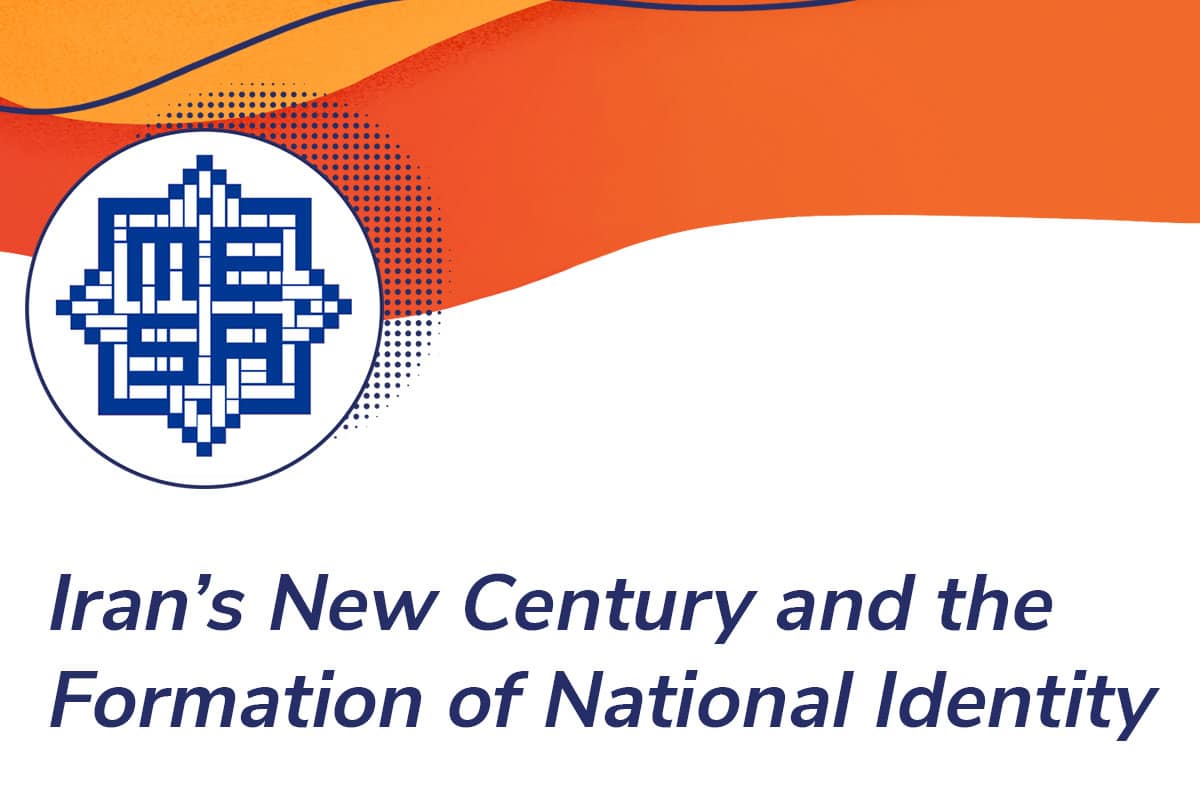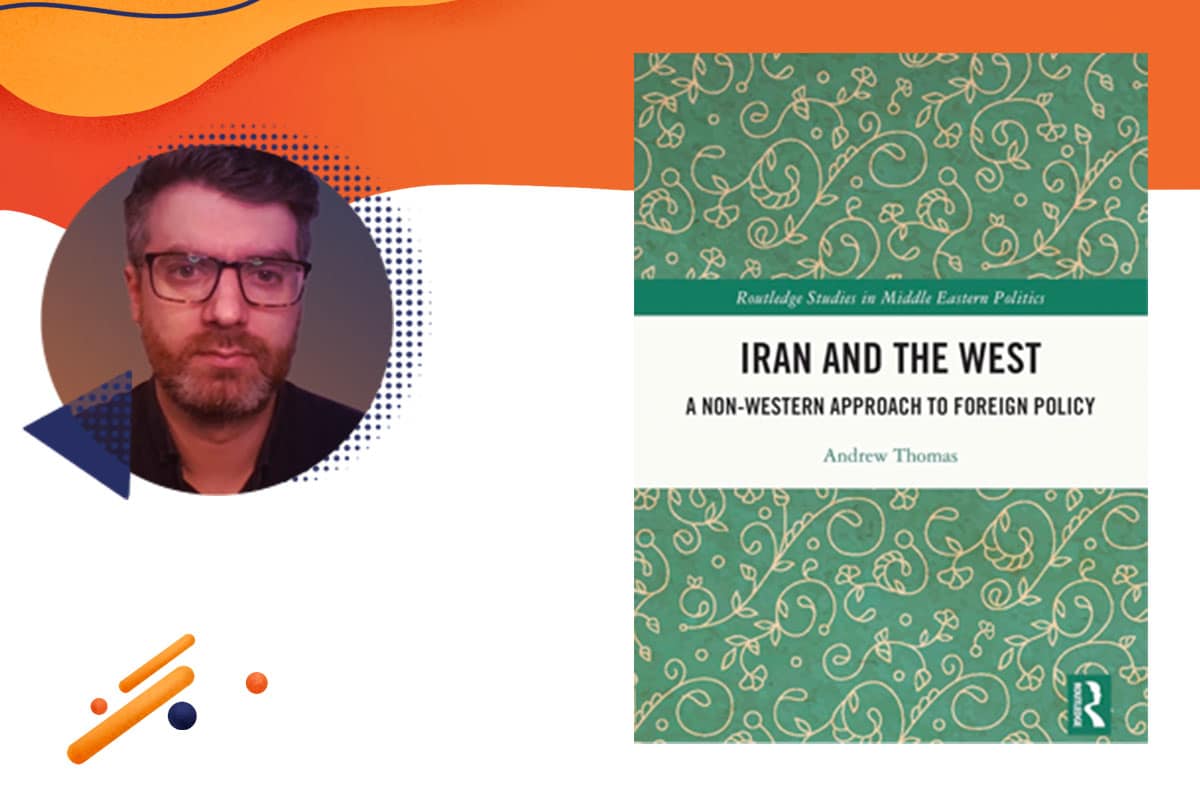The Iran1400 Project sponsored a panel in the Middle East Studies Association’s 55th annual meeting. Four panelists, Dr. Rasool Nafisi, Dr. Aram Hessami, Dr. Hossein Seifzadeh, and Mr. Sydney Martin presented their papers on different aspects of Iranian identity. Each provided insight on what factors influence Iranian identity and speculated how they exist alongside one another.
Dr. Rasool Nafisi presented his paper Creeping Modernity: Changes in family patterns and the rise of “white marriage” in Iran which examines the impact of social change on an Iranian society ruled by religious authorities. He claimed that one can see this social change is occurring via creeping modernity in various ways, although it may not be fully embraced by the government. He used “white marriage” as an example to illustrate his point.
White marriage is when an unmarried couple lives together under the same roof. This is opposed to short-term marriage, where men and women can temporarily legally marry. This phenomenon is becoming more common in Iran and Nafisi points out that the Iranian government does not understand why a couple would prefer a white marriage, which is illegal and carries many consequences, over a legal short-term marriage. Nafisi argues that the logic of white marriage is desirable and perceived modernity. He claims that people enter into white marriage because they perceive themselves as modern and find temporary marriage an insult to women or a form of prostitution. He adds that while white marriage is cohabiting, living together, and experimenting for real marriage, it is also a way for young people to rebel against tradition. Dr. Nafisi concludes his presentation by pointing out that the phenomenon of white marriage is a part of creeping modernity, where Iranian families are breaking down and young people are embracing new forms of lifestyle.
Next, Dr. Hossein S. Seifzadeh presented his paper De/Construct Iran’s Nationality by Protocol Identity. He opened up his presentation by boldly stating that he is against the concept of identity because it says something outside of the genuine self. He argues that the genuine self is defined by irfan, meaning it is something eternal, infinite, and changing. He rejects the monolithic and exclusivist approach to any identity, let alone Iranian identity. Instead, he presents the concept of hoviyate pademani, or protocol identity, as a more inclusive way to attend to the multi-layered, multi-dimensional aspects of Iranian national identity.
National identity in protocol terms reflects diverse ethnic, religious, and other socio-economic and cultural spheres of a given society presumably having decided as a nation to create the modern state through a presumed social contract. Thus, when Iranian identity is viewed through protocol terms, it contains diverse socio-cultural groups of Iranians. Dr. Seifzadeh argues that an inclusive protocol identity will prove both practical and meaningful to all Iranians.
Next, Mr. Sydney Martin presented his paper Molding the Language of Nationalism in Three Recent Periods in Iran. Talks of language reform in order to “purify” the Persian language of foreign words began to occur in Iran in the late 19th century. Martin argues that despite Iran’s changes in governance from the Qajar dynasty, to the Pahlavi dynasty, to the Islamic Republic, Iranian leaders promoted and shaped the language reform movement in an attempt to increase their power.
Martin examines Iranian nationalism under different leaders. He argues that nationalism arose during the reign of Nasir al-Din Shah in the late 19th century and that he was the first modern Iranian leader to use Iranian nationalism in order to strengthen the monarchy. It was during this period that the intelligentsia, in an effort to make the language more accessible, began to try to reform the Persian language. Thus, Martin argues that the language reform movement was a product of nationalism. During the Pahlavi era, Reza Shah Pahlavi sought to solidify his power through modernization. He saw the Persian purification movement as a mechanism to stimulate Iranian nationalism and unify Iran, making it easier to maintain control over. Mohammad Reza Shah’s nationalism was similar to his father’s, but he put more emphasis on trying to equate Iran with Europe. He used language reform in his attempt to draw a line directly from the glorious pre-Islamic era to the modern era in Iran. Lastly, after the formation of the Islamic Republic, Ayatollah Khomeini used the language reform movement to align iran against the West.
The final presenter, Dr. Aram Hessami, discussed his paper The Heaviest Loads of Nationalism & Religiosity: The Challenge of Defining Iran’s National Identity. He argues that the most general characteristic of Iranian society is their predilection to religiosity and that the most important social, political, and economic events of the last two centuries were all somehow related to the concept of religion and religiosity. Hessami notes that national identity is hundreds of years of history, as opposed to personal identity, which evolves from childhood to adulthood. He then poses the questions: how do we define our identity outside of institutions? Who is to determine what is the national identity of a nation that has been in existence for centuries?
We trust a child who comes of age to then “independently” form and redefine their identity, yet individuals are not totally divorced from everyday institutions that have helped develop their identities. With that in mind, Dr. Hessami states that there is not a single major event in the history of modern Persia that has not been influenced or driven by religious authorities or religious beliefs. He then presents two reasons for this phenomenon: either people are religious, or, the role of religious authorities is so pronounced in the history of modern Iran that you cannot discuss Iranian character without them.
Hessami concludes that if his claims are true and religiosity plays a role in Iranian society, Iran has to deal with modernity and post-modern sensibilities, most importantly, globalization. Iran must grapple with modernity and the changes globalization will bring about, with the choice of adopting them, rejecting them and emphasizing religiosity, or modifying them.
Discussant Dr. Yass Alizadeh then presented her takeaways from each panelist. She took from Dr. Nafisi’s presentation that the desire for a modern self predominates the efforts of the youth in Iran to step out of the traditional framework of gender relations and marriage that they find archaic into cohabitation, or white marriage. She posed the question: is it the institution of marriage that Iranians are standing against or is it defiance to the state? She drew a line from Nafisi’s paper to Hessami’s, with his claim that religion has played the most important role in the turn of events in modern history and that if Iranians want to move forward, they need to acknowledge this, as a nation is constantly changing and growing and needs to come to terms with its past. She then continues to Mr. Martin’s paper, stating that if it is not religiosity, it could be nationalism is the baggage that Iranians still carry with themselves. With that, she poses the questions: where does Iran, Iranianness, and Persian stand in Iranians’ collective memory and identity? Where does the Persian language stand in identity? She finally tied the three presentations together by repeating Dr. Seifzadeh’s claim that a pluralist concept includes all Iranians indiscriminately and views national identity through a protocol lens that works as an umbrella. She inquires: is this the answer to our question?
-
Iran 1400https://iran1400.org/author/iran-1400/
-
Iran 1400https://iran1400.org/author/iran-1400/
-
Iran 1400https://iran1400.org/author/iran-1400/
-
Iran 1400https://iran1400.org/author/iran-1400/


